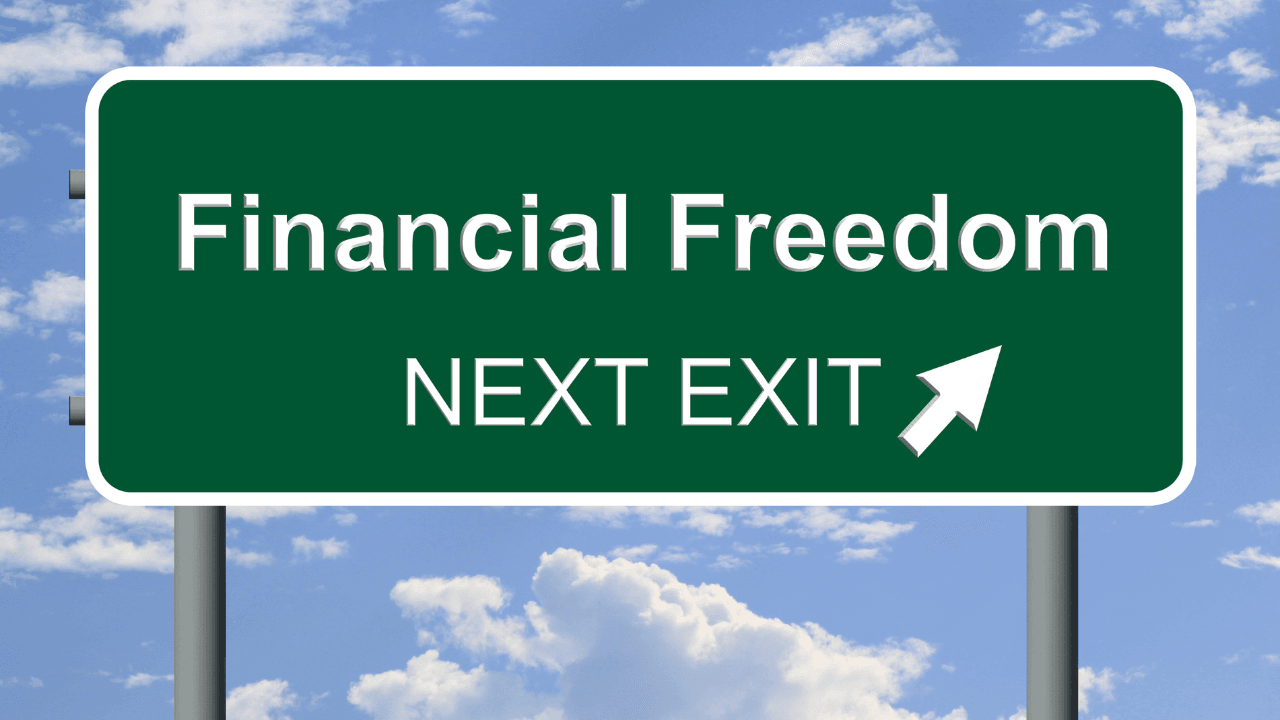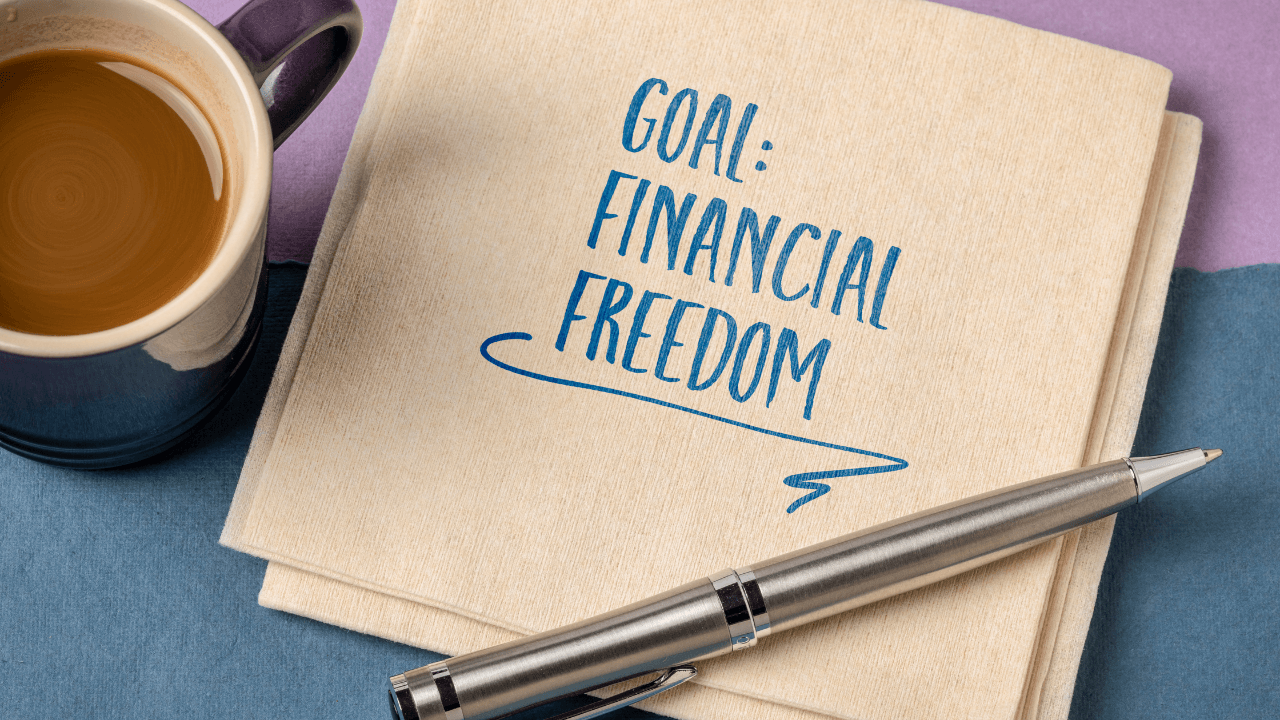A lot of people chase financial freedom, but figuring out the right strategy can be overwhelming. There are countless options, from fix-and-flip real estate to single-family rentals, franchises, and even buying businesses.
But not all paths lead to the same level of wealth, security, and time freedom. Some of them will leave you working harder than ever, while others can help you build a life where money works for you instead of the other way around.
I’ve been through this myself.
Back when I was a software engineer, I was making good money, but I couldn't imagine spending another 30 years in a cubicle.
I needed a way out. Like many, I read Rich Dad Poor Dad and knew I had to start investing. But where? I tried flipping houses, trading stocks, buying a franchise, and even exploring passive income strategies.
Some worked, some didn’t, and along the way, I discovered the biggest flaws in most financial freedom strategies. After years of trial and error, I found the one strategy that actually checks all the boxes—scalability, passivity, and long-term security.

Three Key Factors to Consider When Choosing an Investment Strategy
The first thing you need to consider when evaluating any investment strategy is scalability. Can you grow your income without doubling or tripling your workload?
If a strategy requires you to keep working just to sustain it, it’s not a true path to financial freedom—it’s just another job.
Second, you have to consider passivity. Will this investment generate income with minimal involvement, or will you need to actively manage it?
Many people start side hustles that demand just as much time as their day job, defeating the purpose of financial independence.
Third, you need to assess risk. How resilient is the strategy in an economic downturn? What happens if the market shifts? If an investment can wipe out years of progress overnight, it’s not a reliable way to achieve long-term financial security.
Fix-And-Flips
Flipping houses is one of the most popular real estate strategies but I’ve realized that it has some flaws.
While it can be profitable in the short term, it fails in all three key areas.
Most investors can only handle one flip at a time, and each project takes about six months. That means at best, you’re doing two flips per year and making about $100,000 annually. That might sound like a solid income, but what happens when you stop working? The income stops too.
Flipping isn’t scalable because it requires constant effort to keep making money. It’s also high-risk. If the market shifts or a deal goes south, you can end up losing everything. Many flippers saw their wealth evaporate during the 2008 crash when they found themselves holding properties they couldn’t sell. If your financial future depends on timing the market correctly every single time, that’s not a strong foundation for long-term wealth.
Single-Family Rentals
Single-family rentals are often seen as a more stable alternative, but they come with their own set of challenges. The biggest problem is scale.
If each rental property generates $200 in monthly cash flow, you need 50 houses just to replace a $10,000-a-month salary. Managing a single rental is already a hassle, but handling tenant turnover, repairs, and maintenance across 50 properties quickly becomes overwhelming.
Even if you hire a property manager, you’re still responsible for big-picture decisions, vacancies, and financial risks. And a single-family rental that sits empty wipes out all your income until a new tenant moves in. This makes it a slow, inefficient path to financial freedom.
Short-Term Rentals
Short-term rentals, such as Airbnb, have exploded in popularity. Initially, the income from short-term rentals was much higher than traditional long-term leases, making it seem like an attractive option.
But as more investors jumped into the space, markets became oversaturated, driving rental prices down. Many short-term rental owners are now struggling to stay cash flow positive.
On top of that, regulations are a major threat. Many cities have started restricting or outright banning short-term rentals, leaving investors scrambling. Imagine buying a million-dollar property for Airbnb, only to find out months later that new laws prevent you from renting it out.
That kind of uncertainty makes it a risky long-term play.
Franchises and Buying Businesses
Buying businesses and franchises is another option that’s gained popularity.
While buying an existing business can be less risky than starting one from scratch, many people underestimate the work involved. Unless a business is structured to run completely independently, someone has to operate it.
If that person leaves or underperforms, it’s up to you to step in and make sure the business keeps running. Many franchises and businesses are designed for owner-operators, meaning you’re not really buying passive income—you’re buying yourself a job.
If your goal is financial freedom, you need a strategy that generates income without requiring you to be actively involved in daily operations.
Multifamily Real Estate
I’ve tried most of these myself over the past many years and found that the best one by far is multifamily real estate.
It’s the only investment that truly scales without requiring more of your time. When you own apartment buildings, professional property managers handle the operations, allowing you to grow your portfolio without taking on more work.
It’s also more resilient than other real estate strategies. In economic downturns, people still need places to live, making multifamily properties one of the most recession-proof investments.
Unlike single-family homes, where one vacancy means losing all rental income, multifamily properties spread the risk across multiple tenants. Even if a few units are vacant, the property still generates cash flow.
Beyond stability, multifamily real estate offers powerful tax benefits. Multifamily investors can use depreciation to reduce taxable income. This means you can collect rental income while legally paying little to no taxes on it.
Additionally, multifamily investments act as a hedge against inflation. When inflation rises, so do rents, meaning your income naturally increases over time. Expenses go up too, but because rental income typically grows at a faster rate than costs, inflation actually benefits multifamily investors in the long run.

Take the First Step Toward Financial Freedom
If you’re serious about financial freedom, multifamily real estate is the best strategy to get you there.
It’s scalable, passive, and resilient, making it the most effective way to replace your income and build long-term wealth. I know many people hesitate to get started because they think they don’t have enough experience or capital.
The truth is, you don’t need to start with millions of dollars or years of industry knowledge. You just need the right guidance.
That’s why I created the Apartments 101 Masterclass, a free training that walks you through exactly how to get started in multifamily investing.
Whether you’re brand new or looking to scale your portfolio, this masterclass will show you how to acquire apartment buildings and start generating passive income.
If you’re ready to take the next step, watch the free training today and start building your path to financial freedom.
To your success,
Michael Blank
Do You Want to Scale with Real Estate?
book a call with our team